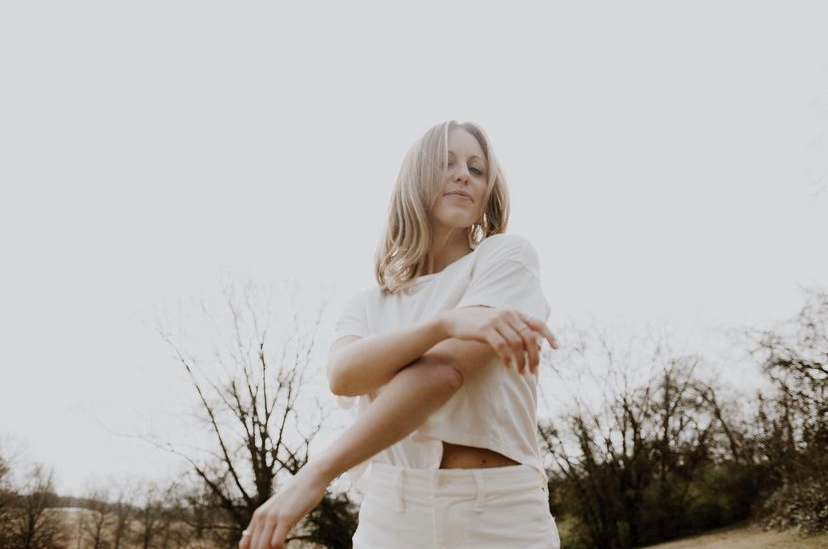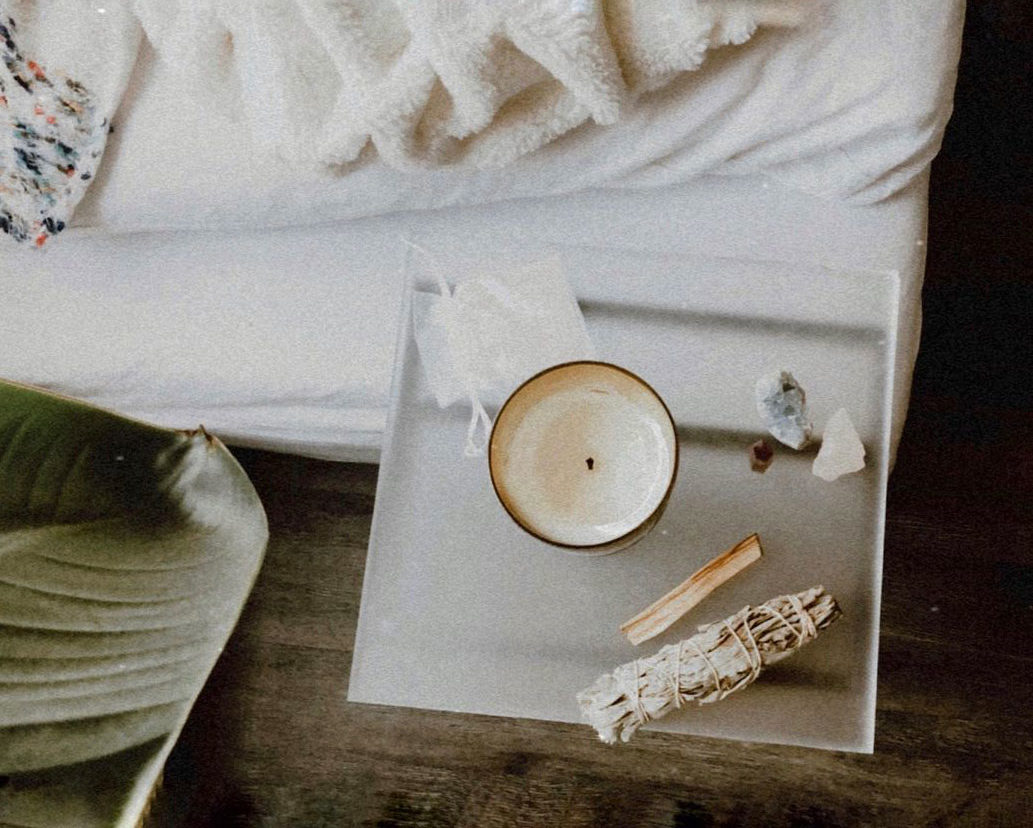Deep Breaths, in and out.
It’s about to be 2022. (I know I can’t believe it either.) At this point, if you haven’t experienced some sort of quarter or mid-life crisis, then I want whatever you’re having. But if you do need time to reflect on what’s going on in your world, then you might want to consider meditation. And if you have already considered it, but don’t know where to start, then let me introduce you to Carianna Hebert. She’s a certified meditation coach and professional certified life coach, who regularly implements meditation into sessions with her clients. Below Cari offers her perspective on the benefits of meditation and a step-by-step on how to meditate as a beginner.

Who can benefit from meditation?
Everyone can practice. If you have a brain, you can use meditation. As long as we’re going out in the world and ingesting things, we can benefit from balancing it out with stillness.
What benefits have you personally experienced?
It helped me identify how I was getting in my own way and what kind of thought patterns were on repeat. I was able to take a step back and witness them as opposed to just living them out and reacting from my thoughts. And that’s not to say that I immediately got up and my whole attitude was changed, but it did provide me with something to work on in my daily life. I realized I could make another choice if I slowed down. It helped me create more space between thought and reaction. So, it became thought, choice, response.


In your experience, what have others taken away from the practice?
For others, I’ve witnessed more creativity and more connection to self. When we’re in this autopilot mindset, we have blinders up and we can only see what we know. But meditation has been able to help people open their minds in a way that allows them to come up with more creative solutions. It doesn’t mean that all of a sudden you’ll remember where your keys are (though that has happened), but holding that space of not knowing and not thinking, you might walk away with the open space to creatively think. Obviously, there are spiritual and heart based benefits as well. I love teaching meditations that connect people to their future selves.
Would you say meditation is truly accessible?
To me, it feels accessible, but I also acknowledge my privilege of where I’ve been and where I am. I know there are tons of free resources, specifically because of the internet. It’s accessible in the sense you can be any body and it works for you, you can be anywhere and it works for you. And there is no graduating from it. But just like a lot of other conversations in the world, there’s a lot more we can be doing to make it an inclusive community—accessible and desirable. I hope one day there’s a bunch of meditation corners for kids.


A beginner’s guide to slowing down:
- Create a sacred space at home by finding a space that’s quiet and feels grounded. Start with a pillow or even give yourself permission to get in bed. I find that being mindful of how you set up the practice is part of the journey too.
- Start with a curious, non-judgmental mind. Let go of any expectations of how it should go.
- If it’s your first time, I recommend a guided meditation. There are a lot of digital resources like Spotify, YouTube, or meditation apps. Once you have more practice, you can also meditate to a soundtrack. That will help you come into stillness, connect to your breath, and slow the thoughts.
- What distinguishes meditation from mindfulness is a set time and a commitment to stillness. It’s not to say that you can’t scratch your head or adjust, but that you start to notice those urges and separate them from a reaction vs. a conscious choice that you’re making. That can be challenging and triggering for some people and steer them away from the practice. So, if it’s something you’re struggling with, I always give permission to lay down because that can help calm the nervous system.
- Knowing what your goal or your intention is for the practice is important. Connect with why you want to try this. Whatever it is, it needs to be your own genuine intention.
- The goal is to practice presence. We’re not trying to turn off the mind, but we are trying to still it. So, you’re not going to delete your thoughts and your emotions. The goal is to be with those things and not run away.
- Three to five minutes is a great timeframe for beginners. You can practice for longer, but longer doesn’t always equal better.
- Eventually, you’ll find the type of meditation that works for you. A mantra meditation, using a word or phrase to focus on, helps create clarity if you’re someone who has a very active brain. And breathwork meditations have somatic benefits, specifically for people with trauma.
- You want to take care of the mind in the same way you would take care of your body. So, three times a week is a good place to start, but it depends on what the individual needs.
For a 30-day free trial with Cari, just visit Aura Health.
For other organizations working to make meditation and breathwork accessible, please visit blackgirlsbreathing.com and blackgirlinom.com.




